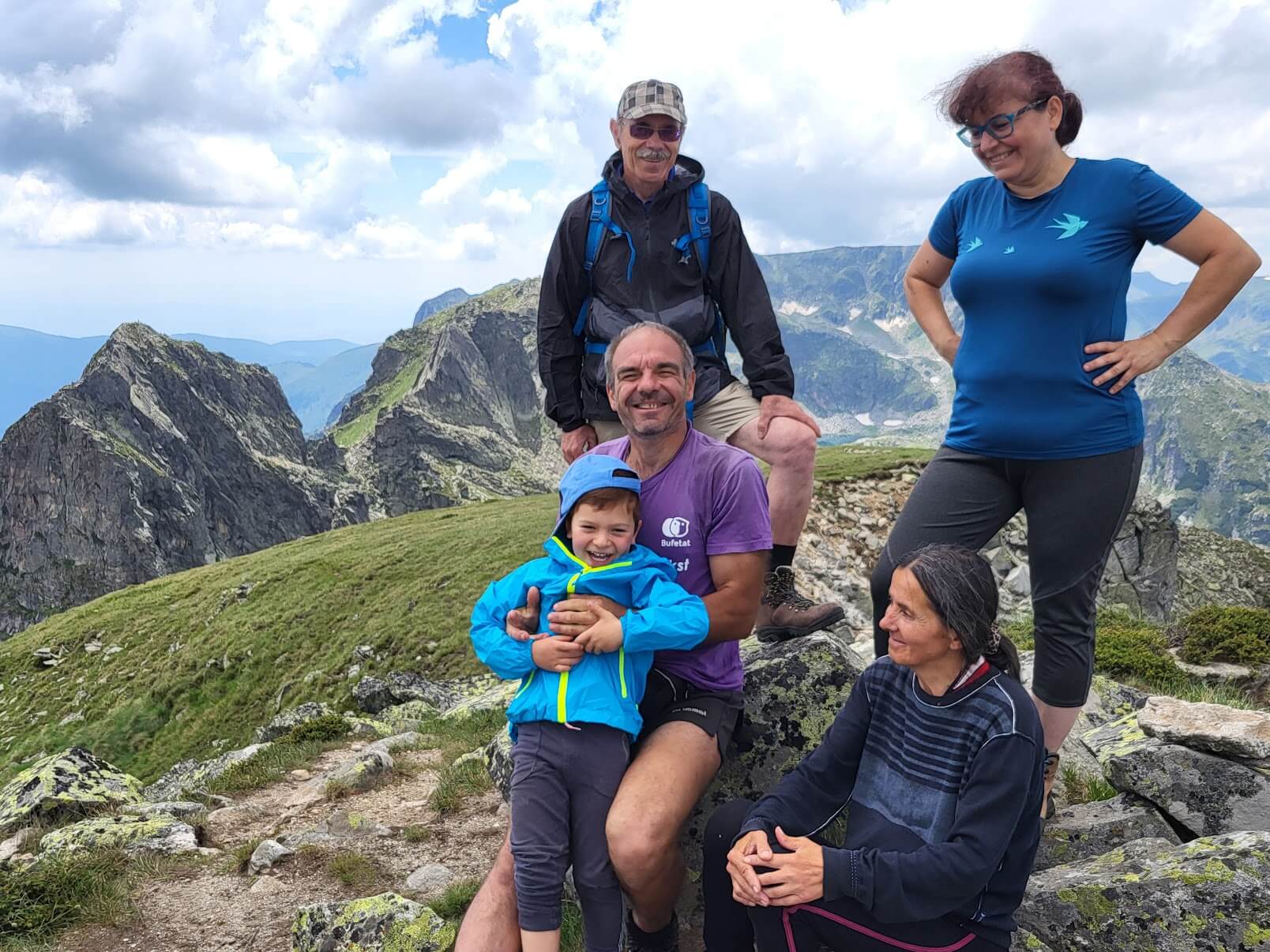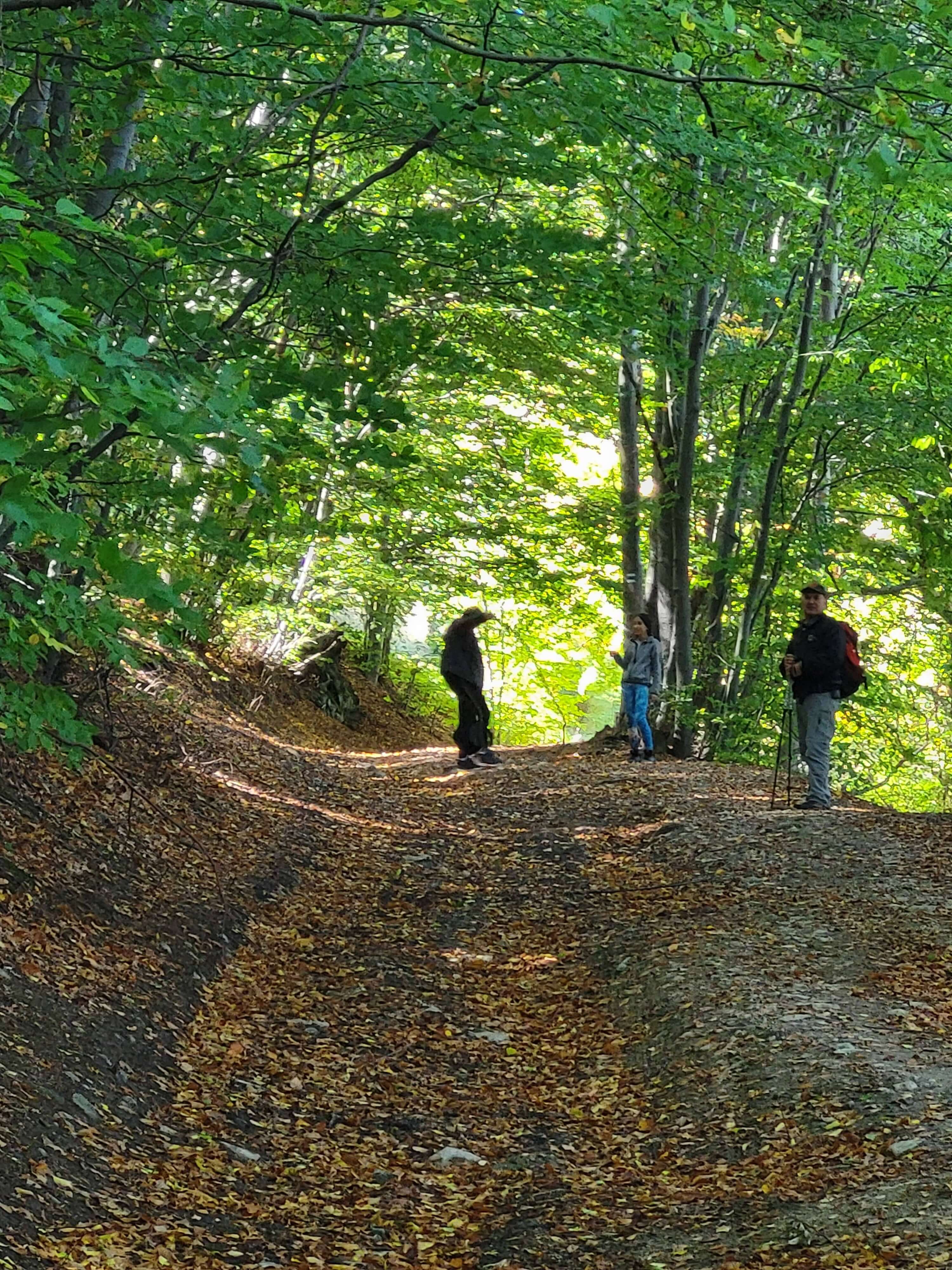What is the difference between trekking and hiking?
What is the difference between trekking and hiking?
Immersing yourself in the magic of nature often begins with a simple desire – to go outside, feel the wind, hear the birds singing and feel the rhythm of the earth under your feet. Among the most popular ways to do this are hiking and trekking, but these two
terms are often confused.

What is hiking?
Hiking is the most accessible form of tourism in nature, which combines light physical exertion with the pleasure of beautiful views and fresh air. Usually it is a one-day hike along a pre-marked tourist route, where markings and well-maintained paths ensure
trouble-free movement.
The nature of hiking is light and pleasant – ideal for people who want to combine sport and relaxation without embarking on serious expeditions. The routes often pass through forests, meadows, along rivers or waterfalls, with each turn offering a new little
adventure.
Planning is almost unnecessary, and the necessary equipment includes the basics such as comfortable shoes, water and food for the day. Hiking is a great way to gain initial experience in nature and develop a love of the outdoors.

What is trekking?
When you are looking for something more than just a walk in nature, trekking is the perfect solution. It is a long journey on foot in wilder areas, which requires considerable physical and mental endurance.
Trekking is a multi-day challenge, often on untrodden paths or in difficult-to-reach places, where navigation, precise planning and good knowledge of the terrain are essential. It requires serious equipment, because the routes often include sleeping outdoors
or in mountain huts, requiring survival skills and adaptability.
While hiking feels like a light adventure, trekking is a real test of will and body.

Key differences between hiking and trekking
The differences between these two types of mountain trekking are tangible and define the overall experience. Each of them brings its own satisfaction and charm, but the right choice depends on your goals and expectations. Let's look at the main aspects.
Duration and difficulty
Duration and physical exertion are the two key factors that distinguish hiking from trekking. Here's what the difference is:
- Hiking usually lasts a few hours to a day - it offers a quick and enjoyable escape into nature, with routes that are easy to moderate and accessible to people of all ages and fitness levels;
- Trekking lasts from several days to weeks - it requires serious physical and mental preparation, good endurance and the ability to cope with prolonged exertion in the wild;
- Hiking is accessible even with minimal physical training - the routes are well-marked, easy exits and often pass near settlements, while trekking can involve difficult terrain, climbs and serious altitudes;
- comfort in hiking is easy to achieve – rest, shelters and quick access to civilization facilitate the experience, while in trekking one has to organize everything himself – from shelter to food, and is often exposed to harsh natural conditions;
the risk in trekking is significantly higher – long hikes in remote and hard-to-reach areas require precise planning, good equipment and constant readiness to deal with emergencies.
The choice between the two depends on the desired duration, the level of adventurous spirit and the readiness to deal with risks.

Location and terrain
The location of the route and the characteristics of the terrain determine the intensity and specificity of the experience.
Hiking is usually carried out near settlements, on clearly marked trails with good markings and minimal danger. Among the most popular hiking destinations in Bulgaria are Vitosha with the climb to Cherni Vrah, the emblematic Seven Rila Lakes and the
beautiful Lake Okoto in Pirin.
Trekking, on the other hand, takes you deep into the mountains, through wild and often incompletely marked trails. The terrain can include steep climbs, river crossings, rocky sections and alpine zones that require technical skills and specialized equipment.
For an authentic trekking experience in Bulgaria, the long Kom-Emine route is popular, as are multi-day treks in the Rila and Pirin mountains on high-altitude trails.
Hiking trails often provide easy accessibility and a quick connection to civilization, while trekking trails can pass through national parks, remote reserves and unknown areas where navigation is critical.
The difference in terrain creates a completely different dynamic of the experience, turning each choice into a unique adventure in nature.
Logistics and preparation required
Preparing for hiking and trekking is fundamentally different. For hiking, it is often enough to check the weather forecast, pack a small backpack and head out on your chosen route. No complex organization is required.
However, trekking requires serious logistics and careful planning. You need to provide reliable equipment for several days, plan sleeping places, provide sufficient supplies of water and food, as well as backup options in case of bad weather or accidents.
The group leader should have excellent navigation and first aid skills. In many cases, it is advisable to hire a professional guide who knows the area and can ensure the safety of the participants.
Comfort is another big issue - while with hiking it is almost guaranteed, with trekking everything depends on your preparation and ability to adapt.
Choosing the right form of tourism is a matter of personal preference, but knowing the differences can be crucial for your satisfaction and safety in nature.
Craving a light adventure or yearning for a real challenge? Whether you trust hiking for its convenient accessibility or seek the profound magic of trekking in the wild mountains, the most important thing is to be well prepared
and approach nature with respect.
